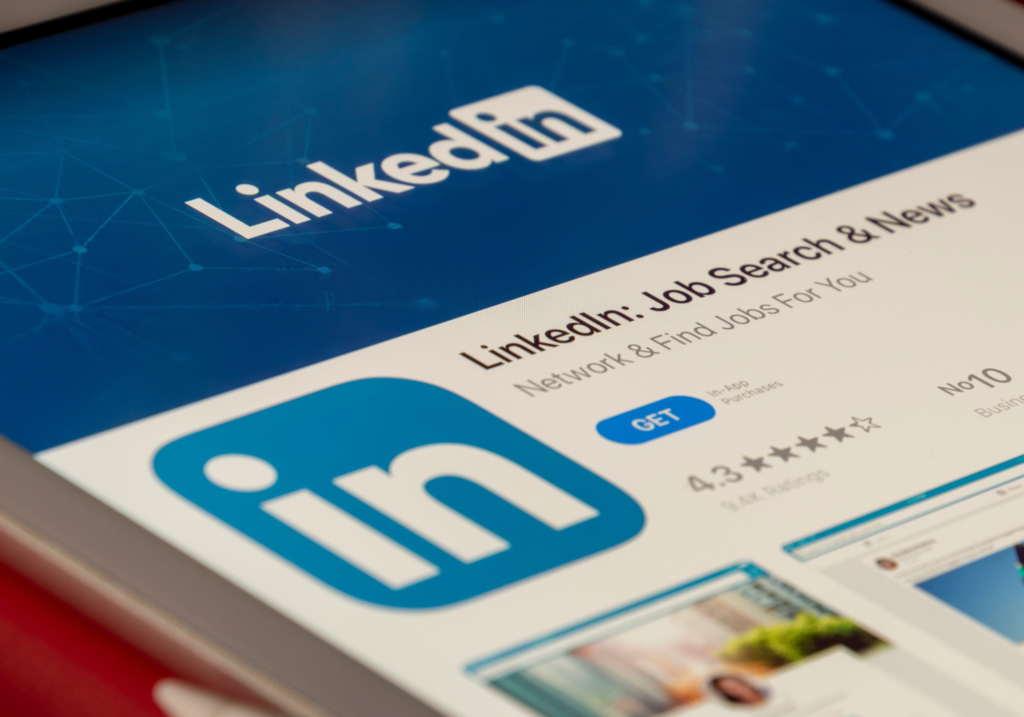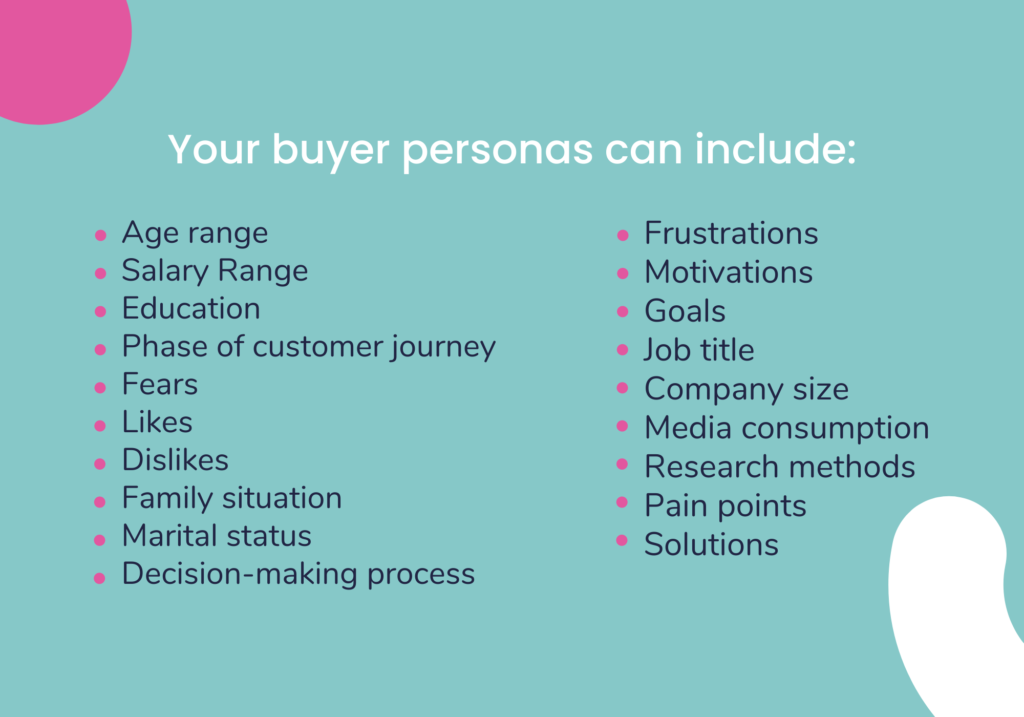Having to start from scratch can be daunting. But maybe you don’t need to scrap everything you’ve got. Sometimes it can actually be faster, and better, to find an experienced copywriter to revamp your existing copy.
This works for all kinds of content
Revamping old copy can work with almost any piece of content, whether it’s your website, a whitepaper or even a feature sheet.
How much copy there actually is doesn’t matter. Usually, we say the more you have, the better. It just gives us copywriters more to work with – but we expect to be adding copy to any content we work on anyways.
Why would we re-vamp old copy?
In a lot of cases, when building a whole new website, for example, some of what you already have there can be really useful. Chances are your USPs and the benefits to your customers haven’t changed too much.
This means we can easily just improve the copy you already have, re-organize it, and put it in a new design so that it feels new. Of course, this doesn’t work for every project, but in a lot of cases, it can be a great way to enhance your website’s presence without having to start from scratch.
Your copywriting brief should clarify details
If you do have some new USPs or have discovered some new benefits to the users, the best is to include these details in your copywriter’s brief. This way they can make sure that those are highlighted in the refreshed copy.
The same goes for old USPs, features or anything that is no longer relevant or offered by your company. You can leave notes in your brief to let the copywriter know that they should remove these, or replace them with something else.
SEO opportunities
Re-vamping old copy is also a great way to take advantage of new SEO keywords. Perhaps your site wasn’t search optimised before, or maybe the keywords you included before don’t have the same impact anymore.
Or as mentioned previously, you might have new USPs that you want to highlight, which might mean some new keywords you could include.
Re-vamping old copy is a great way to add in some new keywords and re-evaluate some of the ones you have in there currently. Make the most of the opportunity to revitalize both your copy and your SEO.
Re-vamping isn’t for everyone, but you should still ask about it
Refreshing old copy isn’t always the best option, but it’s definitely one worth exploring with your copywriter. In some cases it won’t work – maybe too much information has changed, or perhaps you don’t have enough information in the content to work with.
However, it’s always a good idea to ask a copywriter if they’re open to doing a quick audit to determine if it is possible and worthwhile.
Writing copy from absolute scratch can take longer, and can be more challenging – whereas re-vamping half-decent copy you already have can save time and be a good way to get some great copy faster.
You can always get in touch if you want to find out if some of your old content can be rejuvenated and brought back to life!













